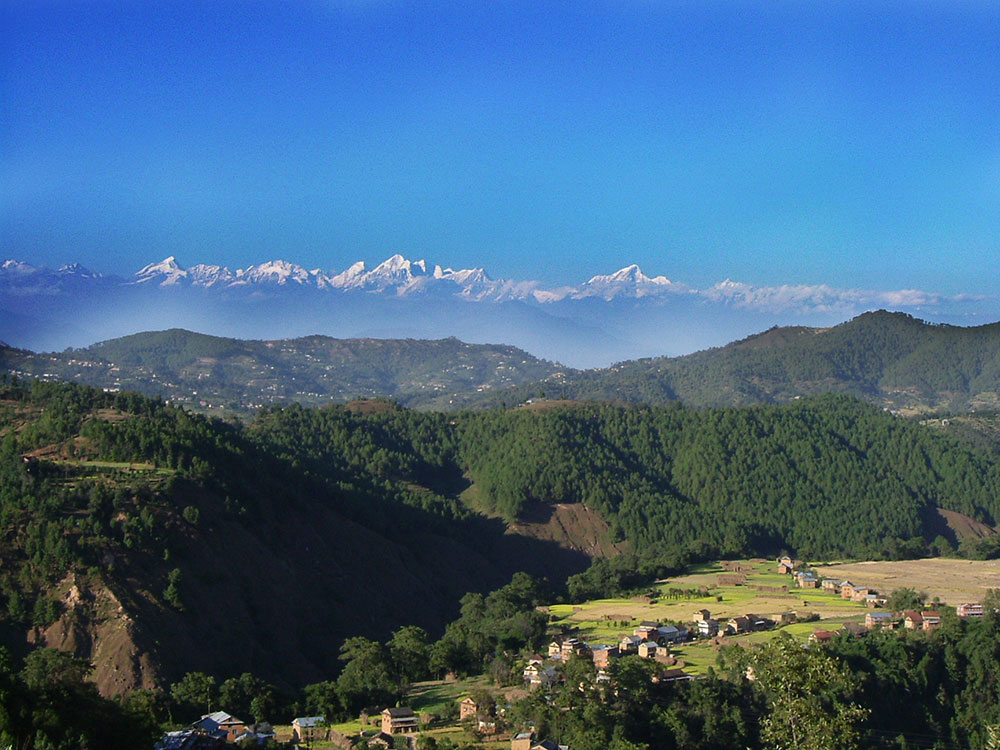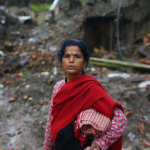1. Bhotechaur Tea Garden
This beautiful tea garden is located at Bhotechaur, one hour drive from Kathmandu. The best way to reach here is in private vehicle (bike/car). Alternatively, you can also take public transportation to Sankhu bus park and then trek from there. On the way, you would be mesmerized by the beautiful landscapes of green hills blue skies and open fields. Find the details here.

2. Balthali Village
Balthali village is situated 40 km south east of Kathmandu just beyond Panauti town and Khopasi. This culturally and naturally rich village is a little piece of untouched Nepal that all the tourists yearn to find. One of the most important factors of this spot is that it is warm in the winter & cool in the summer.

3. Chandragiri Range
Probably the most beautiful a day hike in Kathmandu valley which take us to amazingly beautiful Chandragiri hill (2275 meters). This hike takes approximately seven hours. At first three hour lead steeply ascend to Chhap Bhanjyang with the elevation 2275 meters above sea level. During this climbing period you will get already picturesque snow covered scenery range above Kathmandu valley. You can have the most astonishing views of Himalayas from there. It is also heaven for birdwatchers and wildlife lovers

4. Khokana Village
This typical tiny Newari village has its own history that has retained its tradition and culture. It is a living museum and recalls medieval times. Just 8 km south of Kathmandu, this traditional village at Lalitpur district is a must visit. In August the Khokana festival is held to showcase the unique aspects of the village.

5. Pullahari Monastery
This monastry is located at Kapan hills. You can have a breathtaking scenic view from the monastery. A heavenly and quiet place to meditate and enjoy nature. You can visit the 3rd Jamgön Kongtrül Rinpoche’s relics and stupa inside.

6. Taudaha Lake
A small and beautiful lake in the outskirts of Kathmandu, arguably only clean water body remaining in Kathmandu valley. The name comes from a combination of Newari words ‘Ta’, meaning snake and ‘Daha’, which means lake.



